5 Easy Ways to Learn Surfing in Bali - Tips for Beginners

Illustration of a Person Surfing, photo by Bradley Hook on Pexels
Surfing is a challenging and intricate sport, yet it's incredibly rewarding. Every wave is unique, meaning the surface you surf on always shifts. Factors like the tide, wind, and waves make each surfing session different from the last.
In this article, we'll show you five easy ways to learn surfing in Bali. You'll learn how to pick the right surfboard, find the best waves, and understand the basic surfing rules. Whether it’s your first time on a board or looking to get better, these tips will help you have fun and stay safe in the water.
1. Understanding the Learning Curve
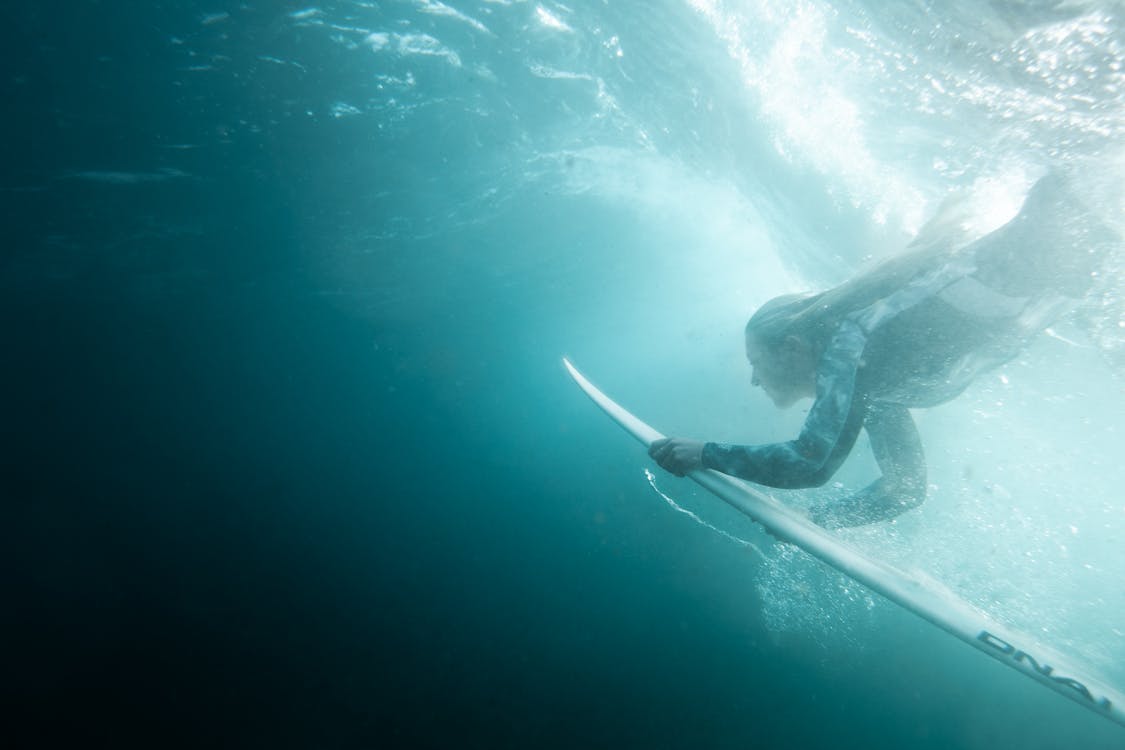
Person Fall from Surfing, photo by Max Ravier on Pexels
When you first start to learn surfing in Bali, it’s important to know that it’s not something you’ll master overnight. It's a sport that requires persistence and patience. As a beginner, expect to fall off your board often—this is completely normal and part of the learning process! You'll likely be hooked when you successfully ride your first green wave. Understanding the learning curve is important as it sets your expectations and mindset.
You take another step forward every time you climb back on your board. It might be challenging initially, but remember, every experienced surfer started exactly where you are now. With each session, you’ll notice small improvements. Maybe you'll balance a bit longer, steer a little smoother, or even catch your first wave.
2. Look for a Suitable Surfboard for You
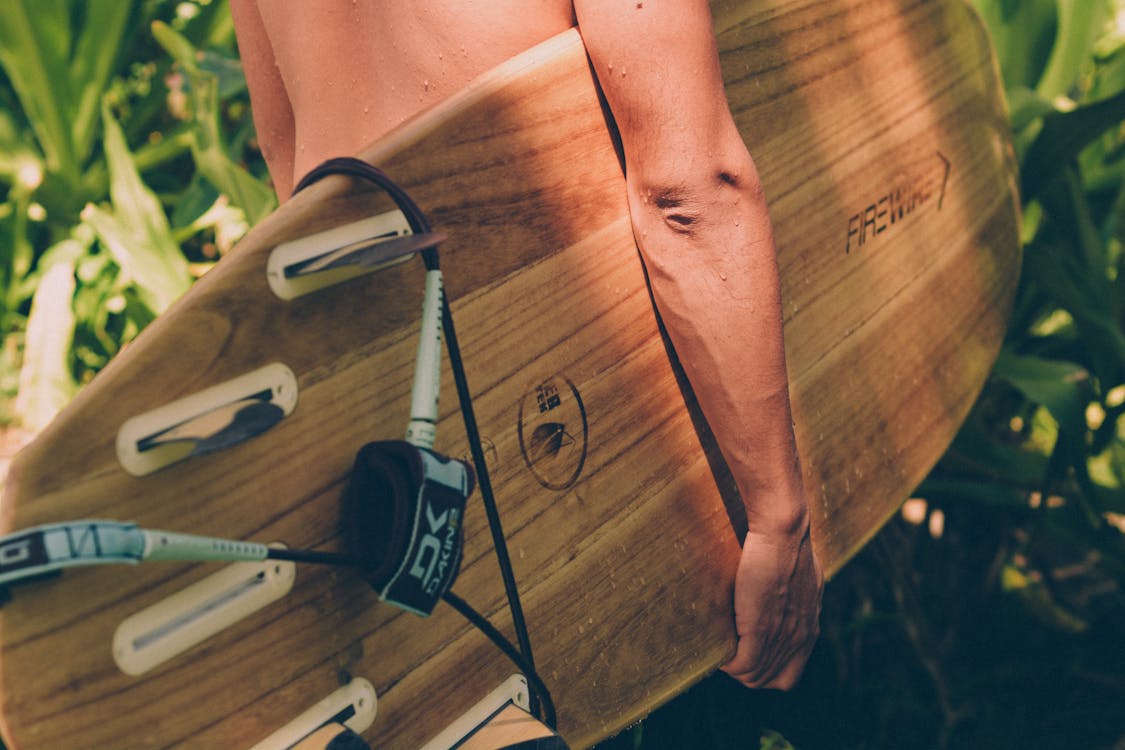
Illustration of A Good Surfboard, photo by Ging Ang on Pexels
Choosing the right surfboard is crucial for your success and enjoyment in surfing in Bali, especially as a beginner. Your board's size, shape, and volume will significantly affect your ability to learn and progress. Here are things to consider when choosing a suitable surfboard for you:
- Size: Generally, beginners should start with a longer and wider board. These dimensions provide more stability and make it easier to catch waves. A common recommendation is, to begin with a board that is about 8 to 9 feet long.
- Volume: The volume of a surfboard, measured in liters, indicates how much buoyancy it offers. A higher volume benefits beginners because it supports more weight, helping you to float better and paddle easier. This is essential as you'll spend much time paddling when you're just starting out.
- Shape: A surfboard with a rounded nose is more forgiving and stable than a board with a pointed nose, which is designed for more advanced maneuvers. A soft-top surfboard is often recommended for beginners because it's safer and more durable against falls and bumps.
3. Learn to Find the Right Waves and Surfing Spot
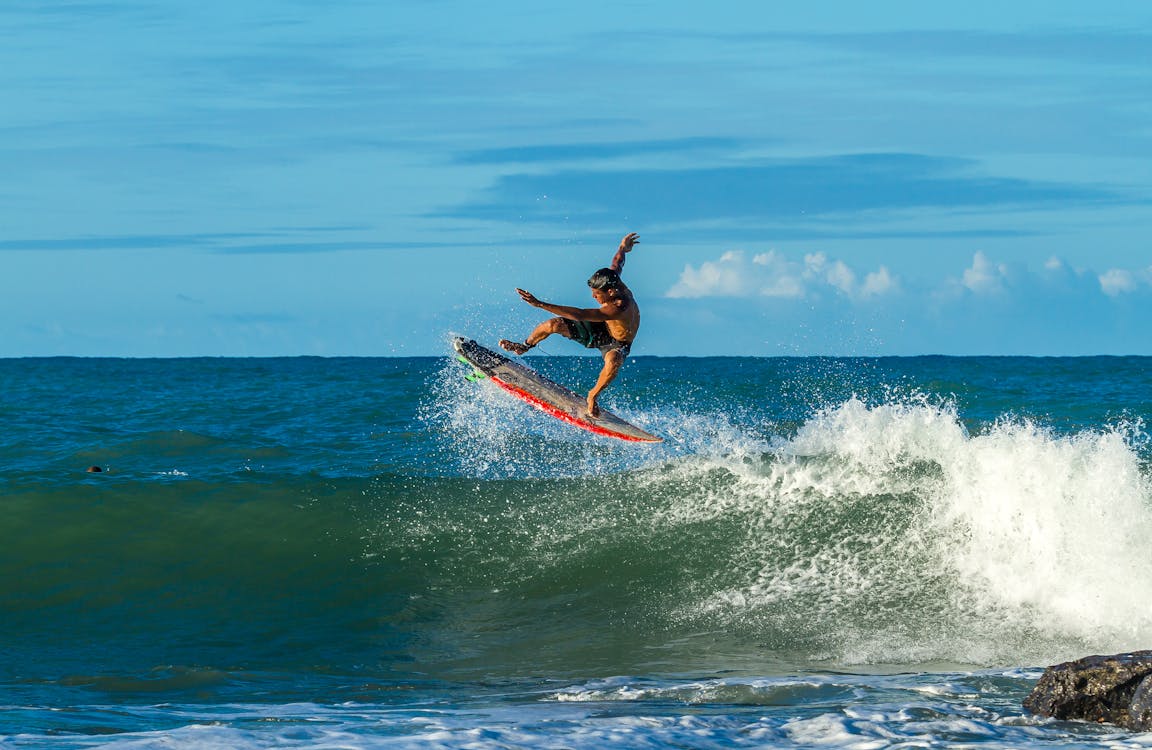
People Having Fun Surfing, photo by Alexandre Saraiva on Pexels
The key to improving your surfing in Bali is understanding and selecting the appropriate waves. The diverse ocean floor shapes how waves break. When choosing the best waves to surf, pay attention to these ocean cues:
- Flat Swells: These are very mild waves with minimal height, perfect for absolute beginners. Flat swells provide a smooth, easy ride, which is great for getting used to standing up on the board and maintaining balance without the intimidation of larger waves.
- Rolling Waves: These waves break slowly and gently, making them ideal for beginners learning to catch waves and stand up. Rolling waves offer a consistent ride, which is excellent for practicing basic maneuvers and gaining confidence.
- Pitching Waves: These waves are more suitable for intermediate and advanced surfers. They break quickly and powerfully, creating a steep face that is perfect for more dynamic maneuvers. Pitching waves require quick reactions and good control, offering an exhilarating surfing experience.
- Closeouts: These waves break all at once, making them difficult and often unsurfable because they don't provide a clean line to ride along. However, they can be useful for practicing paddling and timing when trying to catch a wave.
Beginner-friendly spot for surfing in Bali:
- Kuta Beach: Ideal for beginners, Kuta's soft sandy bottom and gentle rolling waves provide a safe environment to learn and practice.
- Legian Beach: Similar to Kuta, Legian offers gentle waves and less crowding, perfect for practicing newfound skills.
- Seminyak Beach: Offers a mix of flat swells and gentle rolling waves, suitable for those just starting out but looking for a bit more space.
Advanced Surfing Spots in Bali:
- Uluwatu: Famous for its pitching waves, Uluwatu is a haven for experienced surfers seeking a challenging ride on fast, powerful waves.
- Padang Padang Right: Known for its consistent pitching waves, this spot is less crowded than its more famous counterpart, Padang Padang Left, providing expert surfers with plenty of opportunities to test their skills.
4. Have Someone to Guide You Through The Surfing Technique
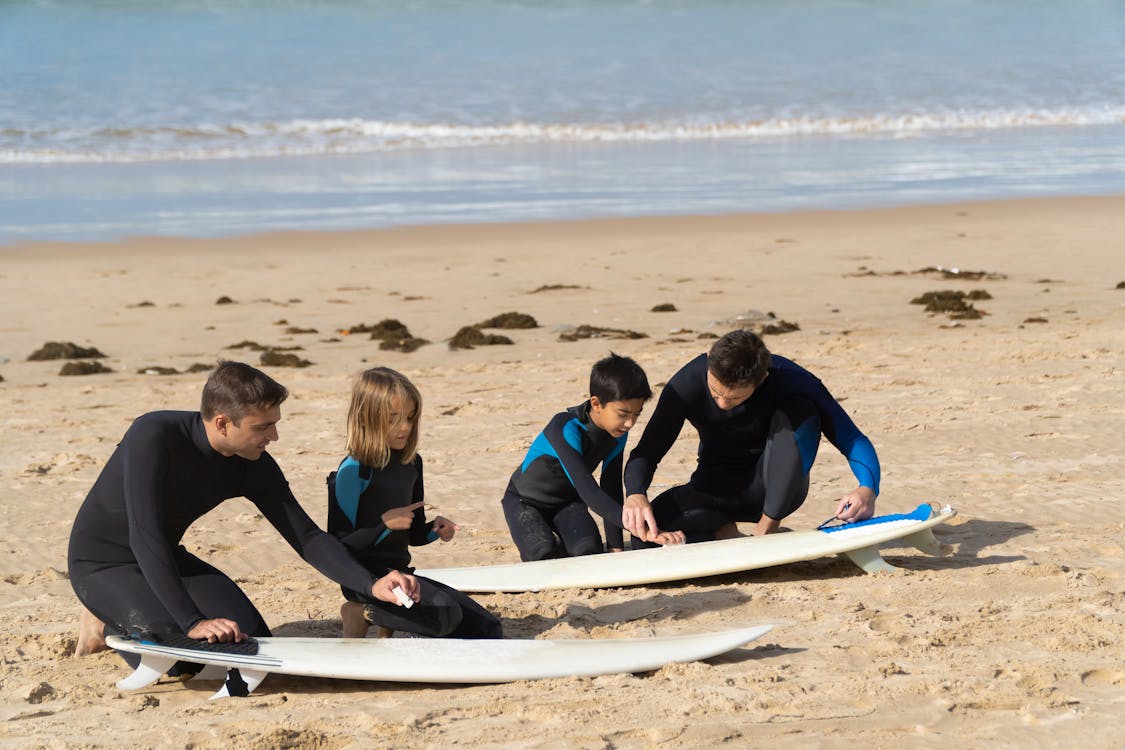
Illustration of Surfing Coach, photo by Kampus Production on Pexels
Learning to surf on your own can be a daunting experience and sometimes unsafe. By having an experienced instructor guide you can dramatically improve your surfing skills. Lucky for you, it is very easy to have someone to guide you in learning surfing in Bali, as several reputable surfing schools offer lessons tailored to all levels of surfing experience.
Surfing instructors teach you how to stand up on a board and cover important aspects such as wave selection, paddling techniques, and how to read the ocean’s conditions. They can provide immediate feedback on your surfing form and offer tips to help you improve your surfing.
Here are some of the reputable surf schools in Bali:
- Odyssey Surf School - Situated in Kuta, this surfing school has been around for over 10 years. Its known for its friendly instructors and comprehensive beginner courses. They focus on safety and fun, making it ideal to learn surfing in Bali.
- Bali Surf School - Situated at Legian Beach, this school offers courses from beginner to advanced levels. Its experienced instructors are well-versed in local wave conditions, making learning effective and safe.
- Pro Surf School & Camp - This school on Kuta Beach provides professional instruction in a relaxed and supportive environment. They use video analysis to help you see and correct your mistakes.
- Rip Curl School of Surf - Operating across multiple locations, including Sanur and Legian. Rip Curl offers high-quality coaching emphasizing water safety and surfing etiquette.
- Surf Goddess Retreats - Established in 2003, Surf Goddess was the world’s first ‘surf retreat’ for women interested in going on a surfing camp but with the inclusion of other facilities, such as daily yoga, spa treatments, and even wellness workshops. Its surf retreat program addresses a woman’s unique physical strengths and challenges.
5. Basic Understanding About Surfing Rules and Etiquette
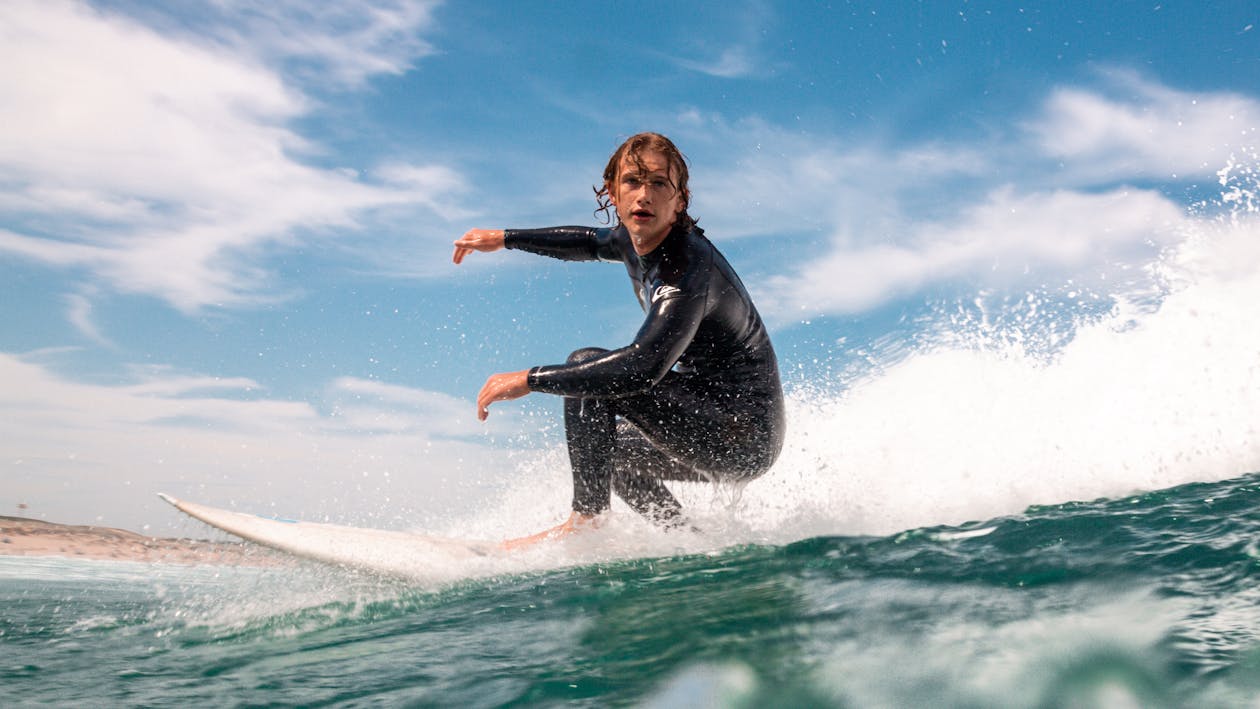
A person enjoying surfing in Bali, photo by Harrison Macourt on Pexels
As we all know, surfing isn’t just about catching waves, and enjoying all those bells and whistles; it’s also about respecting the rules and etiquette of surfing that ensure everyone’s safety and enjoyment. Whether surfing in Bali or elsewhere, understanding and adhering to these guidelines is crucial!
General Surfing Rules and Etiquette:
- Right of Way: The surfer closest to the peak of the breaking wave has the right of way. You must avoid sudden ‘dropping in’ on someone else’s wave, which will cause collisions. Most importantly, other surfers will need to wait patiently for their turn.
- Paddling Rules: When paddling yourself out, try to keep clear of the path of other surfers in the area that ride their waves. If you find yourself paddling towards an oncoming surfer, always try to paddle behind them, on the white water side, to avoid disrupting their wave ride.
- Holding on to Your Surfboard: Always hold on to your surfboard. Losing control of your board can be dangerous to other surfers, and you might injure yourself while you’re paddling to retrieve your board. Learn how to properly control and retrieve your board if it is separated from it.
In Bali, some beaches may also have specific protocols or restricted areas dedicated to surf lessons or local competitions. It’s a good idea to check for any posted signs or ask local surf shops about the day’s conditions and additional rules.
